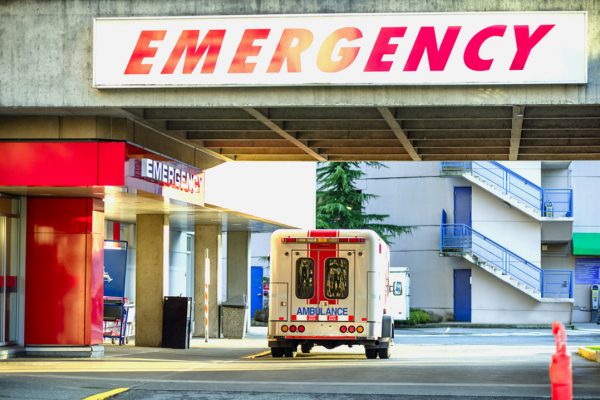How Cybersecurity Specialists Are Helping Protect Critical Infrastructure
The everyday things we all depend on need to be protected from attack
Critical infrastructure includes the power grid, water distribution systems, cell phone networks and other communications, some manufacturing, national defense systems, emergency services, and traffic signals. These systems are critical to life as we know it and cause major problems when they don’t work as designed. Currently, all critical infrastructure depends to some extent on the internet, which makes it vulnerable to cyber attacks that could have a catastrophic effect on our society.
If the power grid goes down, for instance, it would quickly and dramatically lead to unsafe conditions and a massive shutdown of many vital functions. People would not be able to take money out of ATMs or pay with their credit cards, restaurants and grocery stores would shut down because they couldn’t keep food fresh, and pretty much all commerce would generally shut down.
Other critical infrastructures would have other negative impacts on society and individuals as well. Life without running water, fire and ambulance services, or basic items like food will be infinitely more difficult. And the basic safety of the nation could even be at risk if national defense systems can’t be accessed because of a virtual attack. Cybersecurity for critical infrastructures is vital to our nation’s continued prosperity and safety.
Varying Security Protocols
It is the job of some cybersecurity specialists to identify threats to these systems and prevent attacks on critical infrastructure that could severely impact everyday life. One method used in infrastructure and cybersecurity is to continually change up security protocols like passwords or even the method of access so that hackers don’t have enough time to figure out how to access the system.
Updating security measures often and tracking attempts to access the system using old information are ways to keep critical infrastructure systems safer and reduce the chances of any successful hacking attempts. And while updates do cost money, simple efforts like changing passwords often will be low-cost and surprisingly effective.

Risk Management
The whole idea behind risk management is to take steps to lower risks of data breaches or cyber attacks. A risk management framework like NIST has allowed organizations to follow best practices for reducing risks and prevent many attempted cyber attacks on critical infrastructure. NIST Has been used successfully for some time now, and it continues to be updated and improved to counter new threats.
Ongoing Infrastructure Protection
Cybersecurity will never be a once and done proposition. As long as cybercriminals continue to come up with new ways of compromising (or attempting to compromise) critical infrastructure as a way of attacking the United States, cybersecurity professionals will need to work continually to counter their attempts. The devastation that would be unleashed on society by a successful takedown of critical infrastructure would likely cause many deaths and the loss of billions of dollars in revenues to business owners, the government, and others in society. It would also cause great instability in society and would make the job of governing much harder to do effectively.
The next article in the series will discuss cybersecurity consulting services and the role they may play in protecting many businesses.
Florida Tech offers a cybersecurity degree program that prepares students to protect critical infrastructure and understand what might happen if an attack were ever successful. Learn more about our cybersecurity program to understand the risks posed by hackers and how computer science personnel may counter them.





